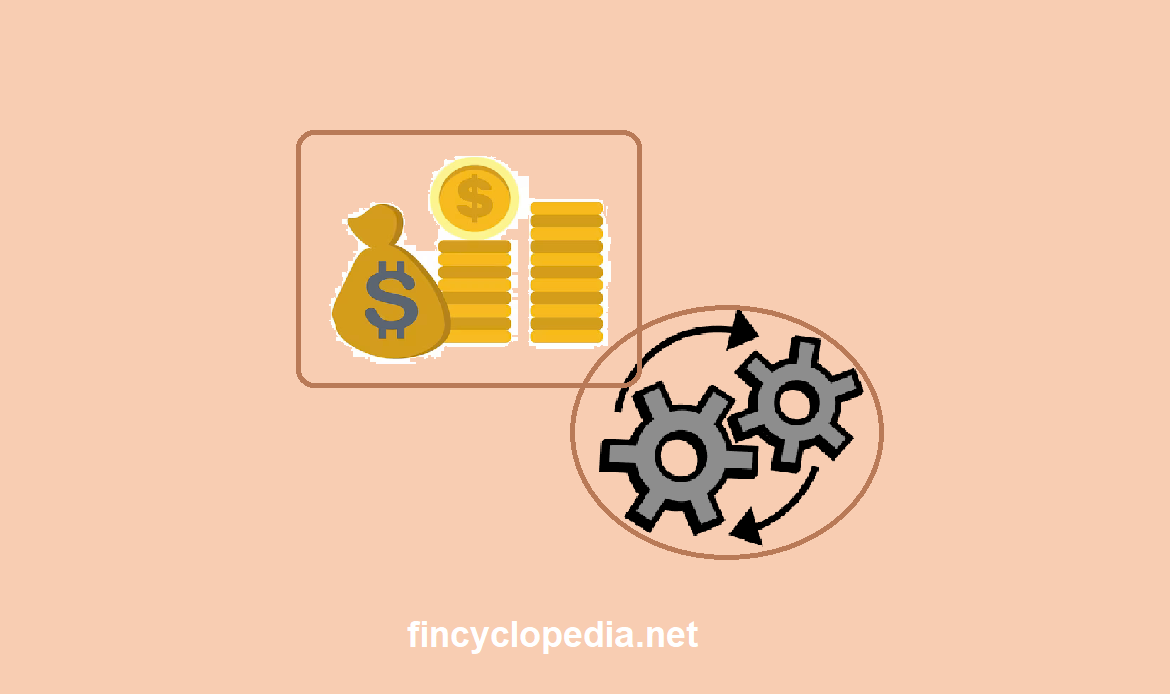An interval during which a company’s stock no longer carries the right to the next dividend payment because record date precedes the settlement date. In other words, this interval lies between the announcement and the payment of the next dividend. For example, if the common stock of XYZ company’ goes ex-dividend on July 31, an investor purchasing the stock on or after that date will not be entitled to the next dividend payment. Typically, a stock’s price moves up by the dollar amount of the dividend as it approaches its ex-dividend date, then moves down by the amount of the dividend after that date. A stock trading ex-dividend is usually marked with the symbol (x) in stock trading tables and listings.
With respect to bonds, ex-dividend refers to the interval between the announcement of a coupon and the payment date. If a bond trades during this period of time, it is the seller, not the buyer, who is entitled to the next coupon payment. In the period between the coupon payment date and the next ex-dividend date, a bond trades cum dividend, so the buyer receives the next coupon payment.
Ex-dividend is also known by its abbreviated form: ex-div.







